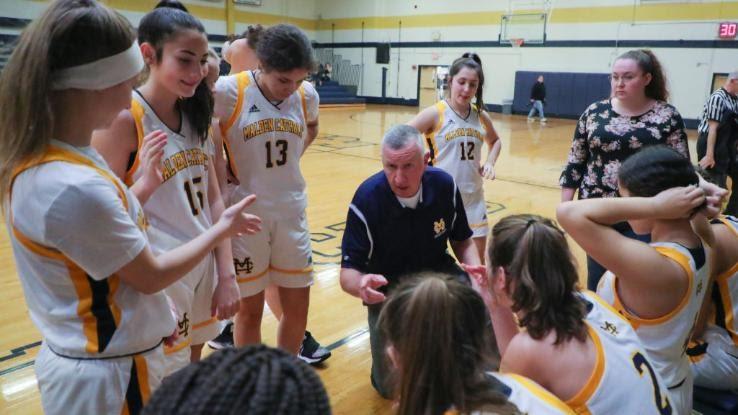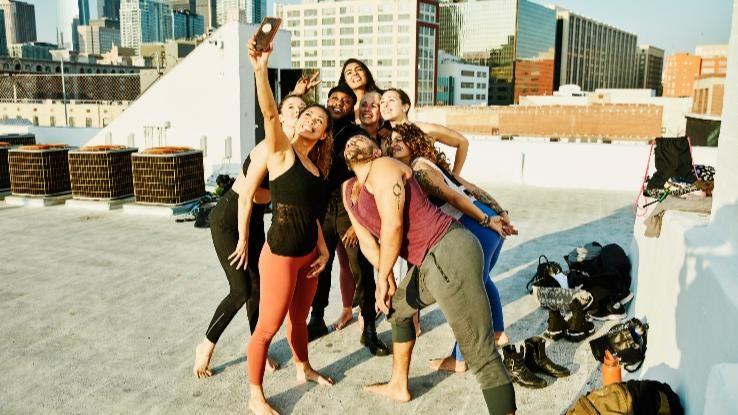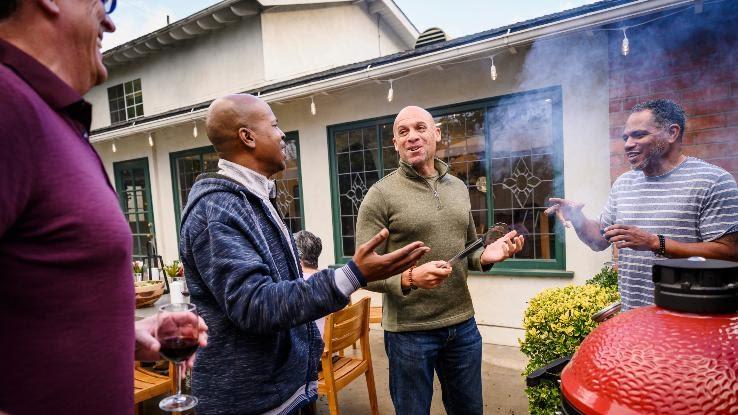What Are Examples of Formal and Informal Groups?

Examples of formal groups, or formal organizations, in society include military units, corporations, churches, court systems, universities, sports teams, and charities. Formal organizations denote a social system defined by clearly stated rules, norms, and goals. Additionally, formal groups have several sets and subsystems that work to achieve these goals, which range from short- to long-term.
Informal groups, on the other hand, are those that are formed more naturally, based on friendship or shared interests. More often than not, they’re geared toward social interaction and aren’t regulated to the types of formal hierarchies that often drive formal groups.
Formal Group
Formal groups are designed to unite people so that they can work together to achieve a given goal. They are usually formed by an organization and include a hierarchical structure. Basically, this means that everyone has a clearly defined role in the group.

Moreover, everyone is aware of who the leaders are as well as how much authority each individual group member does or does not have when it comes to making decisions. Regardless of where each individual fits into the hierarchy of a formal group, each is clear on the jobs or tasks that they are responsible for. Additionally, formal groups operate under a set of rules that each member of the group has agreed to follow.
Characteristics of Formal Groups
Moreover, formal groups usually operate more along professional lines, where the position of each person in the group is more important than their personality or interests. While it’s certainly nice when people within a formal group have agreeable personalities or mutual interests, it’s common for formal groups to consist of people from all walks of life who might not otherwise interact.

A formal group can usually be identified by common characteristics. While they may vary slightly in some situations, formal groups tend to share traits such as:
- The group is formed deliberately rather than causally or voluntarily.
- Some group members may become friends, but, overall, the group operates through professional relationships.
- Formal groups have clearly defined structures, including positions of authority and rules.
- The group focuses more on each member’s role or position than their personality.
- There is less freedom in formal groups, as group members are under the supervision of managers, leaders, or bosses.
- Formal groups often have an official means or channel of communication.
Types of Formal Groups
There are several different kinds of formal groups and each is usually defined by its purpose or structure.

Some of these types of groups include:
- Command groups, which are formed by members who all report to the same person. For instance, a group of employees who all worked for and reported to the same manager would be considered a command group.
- Task groups, which consist of people who are all brought together to complete a certain task. Task groups can be developed both within and outside of a formal work environment and are only intended to last until the task is completed.
- Committees, which consist of a group of people who are elected. Usually, committees come from within a larger group and are formed in order to tackle particular issues or make collective decisions.
Examples of Formal Groups
There are many different kinds of formal groups in society, some created for business and others to achieve goals that have nothing to do with profit. While each of these groups has a clearly defined set of rules and an authoritative structure, some are far stricter than others.

For example, the military, government, the court system, schools and universities, corporations and businesses are all examples of formal groups. On the other hand, so are churches, sports teams, social-action groups, and charities. While each group has its own set of rules and regulations, they are each designed to best reflect what the organization exists to accomplish.
Informal Group
Informal groups are formed voluntarily by people with similar interests and are more based in friendship than rules of any sort. These types of groups form naturally and by people who wish to join them on a voluntary basis.

As opposed to a formal group, informal groups rarely exist in order to accomplish a particular goal, other than things like achieving a sense of belonging and community among the group members. They tend to be smaller than formal groups, operate based on free communication, and are more concerned with personal relationships.
Whereas formal groups place an emphasis on the role or job of each person in the group, informal groups are more interested in interacting with each other on a personal level. There’s no need to be concerned with professionalism in an informal group, but there are occasional arguments that arise that it’s up to group members to work out among themselves.
Informal Structure
While there don’t tend to be any established structures within an informal group, sometimes they do naturally arise. For instance, if one member of the group tends to be more outspoken, they might naturally become the group’s leader even if it’s never explicitly acknowledged by the other members of the group.

Similarly, while there are no written or official rules within an informal group, personal dynamics tend to develop based naturally. For instance, ideas such as loyalty, honesty, and mutual respect are often things that are implied among an informal group of friends. Nonetheless, these ideas tend to be less about hard-and-fast rules than they are about shared expectations based on the ways that members of the group interact. Any informal structures that develop are usually based on shared thoughts, experiences, and opinions.
Examples of an Informal Group
Anyone who has ever been to high school has almost certainly experienced informal groups first hand. In the average school environment, there are plenty of informal groups — often referred to as cliques.

These groups can be formed based on anything from shared interests to having grown up in the same neighborhood. On an adult level, informal groups can be formed among people who regularly eat lunch together, work out at the same gym, or are interested in the same types of sports or activities.
Informal groups can develop based on a huge variety of factors. The important thing that really tends to hold such groups together, however, is the element of close friendship. Moreover, informal groups are made up of people who feel comfortable around each other and fulfill the human needs for community, support, and a sense of belonging.
Types of Group Dynamics
Just as there are different types of formal groups, informal groups can also take on a variety of forms.

Some of these include the following types of groups:
- Interest groups are formed by people who share a similar set of — you guessed it — interests. Examples include a group of friends who gather to watch football, play cards, or learn a new language every week. While they may share similar goals, they aren’t usually business-oriented and are more based around community and fun.
- Friendship groups are also pretty straightforward in that they are formed by a group of friends. These individuals often enjoy similar activities and have common values and interests. Their relationships don’t tend to revolve around one particular activity, but, instead, are more about enjoying each other’s company.
- Reference groups are groups individuals belong to in order to compare themselves with others. Examples might include members of a country club, who define their level of success against other members. Additionally, families and religious groups are other types of common reference groups that people use to measure whether their own thoughts and values are “right” or “wrong.”





